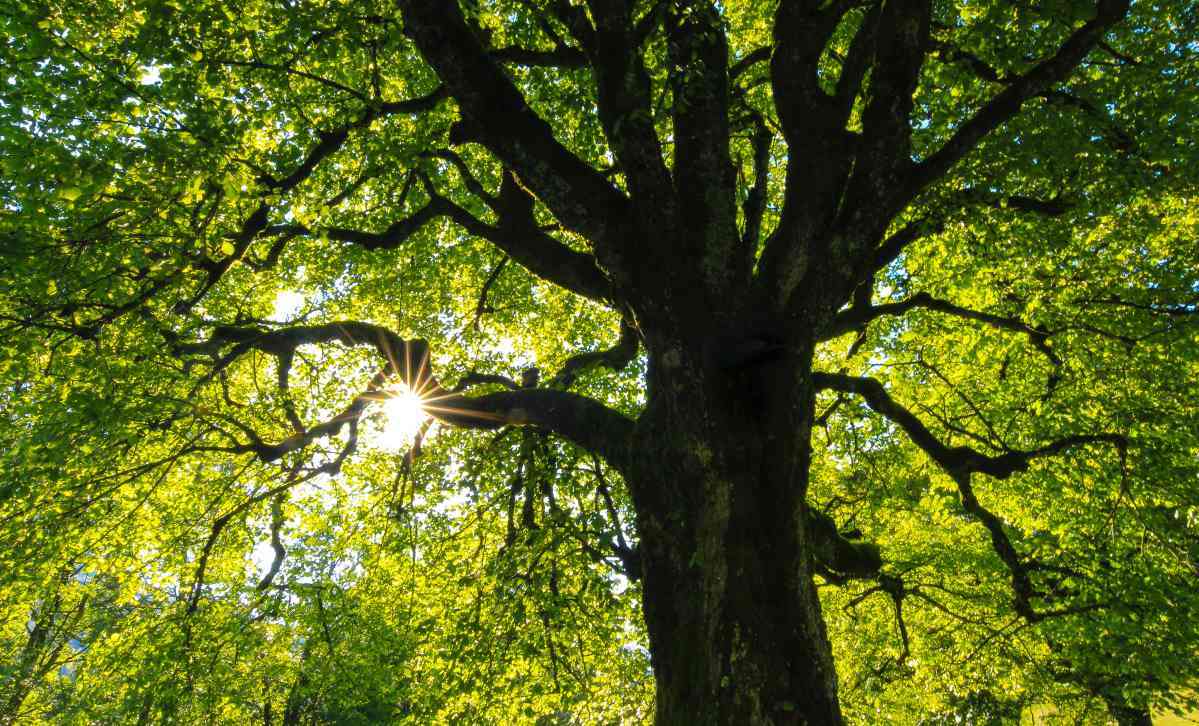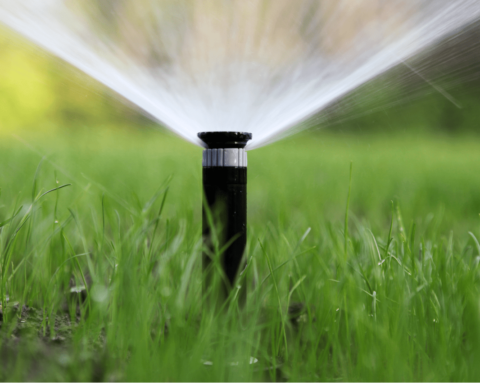Why Tree Health Matters
Trees are silent sentinels in our landscapes, providing shade and many environmental advantages that often go unnoticed. Their role in improving air quality by absorbing carbon dioxide and releasing oxygen is critical. Moreover, their presence enhances property values and gives character to neighborhoods. A verdant tree is a hub of biodiversity, supporting countless species of birds, insects, and fungi. However, the loss of tree health can pose serious risks, such as falling branches or entire trees becoming unstable. Hence, understanding and prioritizing tree health can profoundly impact individual landscapes and broader ecological systems.
Assessing the Health of Your Trees
Regular assessment of tree health is akin to visiting a physician for checkups; it’s about pre-emptive care. The visual signs of tree health—vibrant leaf color, lush growth, and a substantial trunk—can often informally signal a tree’s status. Conversely, signs of distress like wilting leaves, discolored foliage, or unusual growth patterns may indicate underlying problems. During these assessments, checking for cracks in the bark, fungus, or pest infestations is crucial—each a potential harbinger of decline. Such evaluations should ideally be conducted seasonally to account for changes in weather and their impact on tree vitality. Property owners can take timely action by closely monitoring these signs and addressing issues before they require more drastic measures. In some cases, tree removal may become the only viable course of action to eliminate these hazards and ensure safety for all nearby.
Proper Watering Techniques
While watering trees on a schedule similar to gardens or lawns may be tempting, trees have unique watering needs. The key lies in deep, thorough watering that allows moisture to penetrate the root zone, encouraging roots to grow deeper into the ground. This is especially important during dry spells when surface water quickly evaporates. However, over-watering can suffocate roots and lead to root rot, a potentially fatal condition for trees. Maintaining healthy trees reduces the likelihood of situations requiring emergency tree removal due to storm damage or disease. One effective technique is to use a soaker hose or drip irrigation, which delivers water directly to the soil with minimal waste. Counterintuitively, established trees often require less frequent watering than younger ones, relying more on rainwater and their deeper root systems to supply their needs.
The Importance of Pruning
Pruning may seem like a cosmetic task, but it plays an integral role in promoting a tree’s health and safety. By removing dead, broken, or diseased branches, pruning minimizes the risk of falling limbs during storms and reduces the spread of disease. Proper pruning facilitates better air circulation and sunlight penetration, which is vital for healthy foliage. When approaching this task, timing is crucial. Pruning during dormancy—usually late fall to early spring—can reduce stress on the tree and prevent rapid, uncontrolled growth spurts. Additionally, each cut should be precise to avoid harm to surrounding tissues, allowing the tree to heal efficiently.
Recognizing and Managing Diseases and Pests
Trees face a myriad of challenges from diseases and pests. Common pests such as aphids, borers, and caterpillars can quickly become problematic, leading to stunted growth or even death. Meanwhile, fungal diseases like powdery mildew or blight can spread through a canopy unchecked if ignored. Spotting these threats early on involves being vigilant and knowing what to look for—such as changes in leaf appearance, webbing, or insect activity. Solutions vary from environmentally-friendly pesticides to introducing beneficial predators, like ladybugs, which can naturally reduce aphid populations. Training on pest behavior and seasonal activity can empower tree caretakers to use the right strategies.
Effective Fertilization Tactics
Fertilization involves more than just applying a nutrient mix and hoping for the best. The type of soil, climate, and the specific needs of each tree species dictate the best approach. Fertilizers replenish essential nutrients like nitrogen, phosphorus, and potassium, but over-application can lead to excessive leaf growth at the expense of root development. Experts recommend conducting a soil test before fertilizing to identify nutrient deficiencies. Applying fertilizers during a tree’s dormant phase, particularly in early spring or late autumn, ensures that nutrients are absorbed efficiently, reducing the risk of leaching away. Balanced nourishment strengthens trees, making them less susceptible to diseases and more resilient to pest pressures.
Seasonal Care Considerations
As seasons change, they bring distinct challenges and opportunities for tree care. Autumn is a time for preparing trees for the cold months ahead, often involving mulching to protect the root base from freeze damage. Winter, a period of dormancy, might call for structural pruning and evaluating the tree for any damage caused by snow and ice. Spring signals growth, an ideal time for fertilization and inspecting for signs of disease as trees awaken. Finally, in summer, maintaining hydration becomes crucial, ensuring trees withstand heat and remain vibrant. Adapting care routines to each season ensures trees survive and thrive throughout the year.
When to Call Professional Services
Even with the most attentive care, there are occasions when a professional’s expertise is invaluable. Complex tasks like diagnosing mysterious symptoms, assessing the stability of mature trees, or executing large-scale tree removals require skills and equipment that professionals possess. For instance, issues such as internal rot or pest infestations that are not readily visible may necessitate professional assessments and interventions. Furthermore, professionals can offer tailored advice on tree species best suited to specific environmental conditions, ensuring landscape sustainability and longevity. Recognizing when a situation exceeds your knowledge or capabilities and calling in an expert safeguards the trees and the property around them, ensuring ongoing health and safety.
Keep an eye for more latest news & updates on Essential Tribune!








